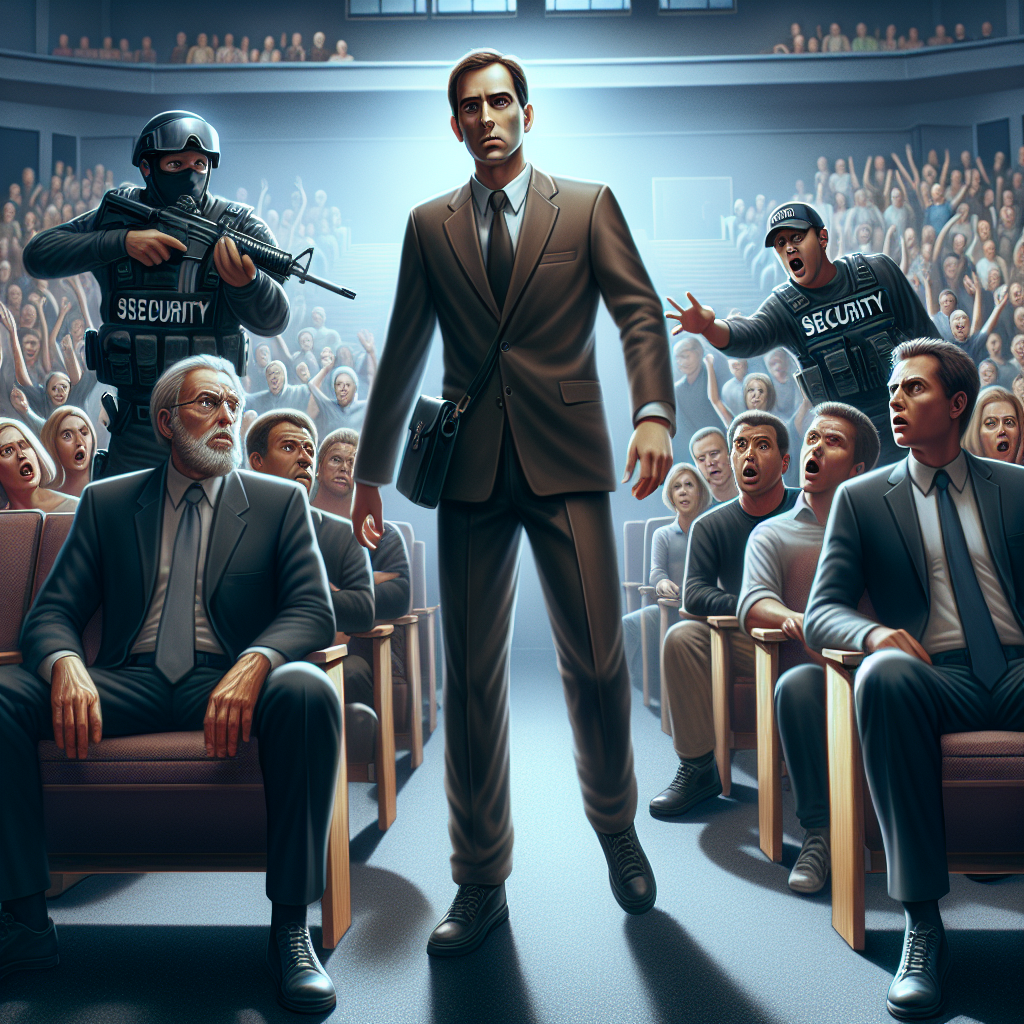Conspiracy Theories: The Battle for Truth in the Information Void
In an age where the line between fact and fiction is increasingly blurred, conspiracy theories have found fertile ground to take root and flourish. The absence of clear, authoritative information creates a vacuum, and as nature abhors a vacuum, so too does the public discourse. Enter the conspiracy theorists, armed with their own brand of “truth” to fill the void.
The Rise of Alternative Narratives
It’s no secret that conspiracy theories have been around as long as human society itself. However, the digital era has amplified their reach and impact, allowing them to spread like wildfire across the internet. With the click of a button, an unverified claim can travel the globe, sowing seeds of doubt and mistrust in its wake.
These alternative narratives often emerge in the aftermath of significant events—be they political, social, or natural—when official explanations are deemed insufficient or too slow to arrive. The void left by a lack of immediate, comprehensive information is quickly filled by those eager to offer their own explanations, regardless of their veracity.
Understanding the Appeal
But why do these theories gain traction? The answer lies in the psychological comfort they provide. Conspiracy theories often simplify complex issues into digestible narratives, offering a sense of understanding and control in a chaotic world. They also create communities of believers, united against perceived enemies or conspiracies, which can be a powerful draw in an increasingly isolated society.
The Role of Social Media
Social media platforms have become the de facto town squares where these theories are debated and disseminated. Algorithms designed to engage users often inadvertently promote sensational content, including conspiracy theories, which are particularly adept at capturing attention. This has led to a situation where misinformation can sometimes outpace the spread of factual information, further muddying the waters of public discourse.
Consequences and Challenges
The consequences of this phenomenon are far-reaching. At best, conspiracy theories can distract from important issues and undermine public trust in institutions. At worst, they can incite violence, as seen in various incidents around the world where false narratives have led to real-world harm.
The challenge, then, is to find ways to combat the spread of misinformation without infringing on free speech. It’s a delicate balance that requires cooperation between governments, tech companies, and civil society to ensure that credible information prevails over baseless speculation.
The NSFW Perspective
From the vantage point of Jersey, Channel Islands, the proliferation of conspiracy theories might seem like a distant problem. However, in our interconnected world, the waves of misinformation can easily reach our shores. It’s crucial for our community to promote critical thinking and media literacy, ensuring that residents can discern fact from fiction.
Moreover, the local government must be transparent and proactive in its communication, providing clear and timely information to prevent the kind of information voids that breed conspiracy theories. It’s not just about countering misinformation; it’s about fostering a well-informed citizenry capable of engaging in constructive dialogue.
In conclusion, while conspiracy theories may offer simple answers, the truth is often more complex. As a society, we must commit to seeking out and upholding that truth, even when it’s less comforting than the tales spun by conspiracy theorists. After all, in the battle for the truth, the stakes are nothing less than the health and harmony of our democracy.
And remember, dear readers, the next time you hear a theory that seems too neat to explain the messiness of reality, it’s probably worth a second, more critical look. After all, if it quacks like a duck and walks like a duck, it might just be a duck—or in the case of conspiracy theories, a red herring in duck’s clothing.




